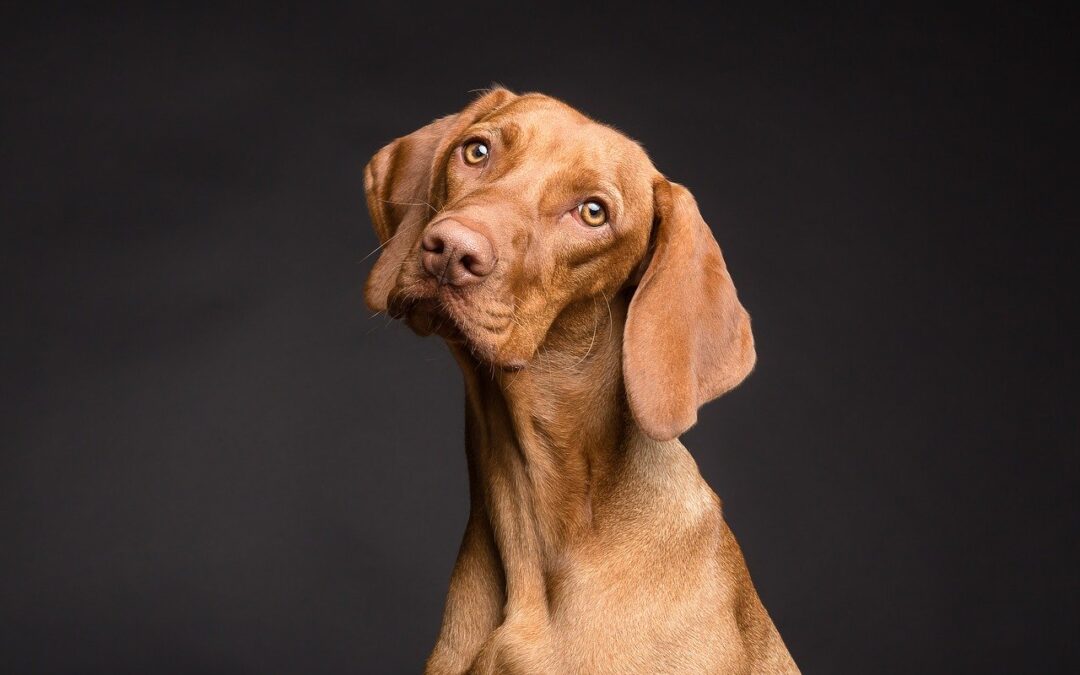Well, you’ve been on the fence about that blood tracking dog for a while, and now you’re about ready to make the commitment. If you know our boy, Ace (yeah, he runs the ranch!), you know how we feel about blood trackers! Let us tell you a little about why we’re such big fans.
Experienced deer hunters have all had that stomach-dropping experience—you shoot one you just can’t find. The blood trail starts out thick, runs thin, and then the track becomes too light for human eyes. Being a responsible hunter you don’t want to leave the animal unrecovered. Maybe it’s a superficial wound and the animal will recover, but you don’t want to take a chance. You search until dark, then you and your friends get together the next morning to walk a grid through the thick brush. By the end of the day, you’re all exhausted, and still nothing. You know you’ll do anything in your power to avoid another day like this.
The hunting industry has offered up some tracking help, including lights that enhance blood trails and thermal cameras for your cell phone that will heat-seek a wounded deer. The fact is, though, there isn’t a technology out there that will match a dog’s instinct and tracking abilities.
Many dog breeds are specifically bred for tracking purposes. They are able to find wounded deer quickly and efficiently, keeping you from that often futile grid-walking exercise. Conservation wise, more recovered deer lessens the chances of lead poisoning for animals and birds (like bald eagles) who feed on carcasses.
A good tracking dog needs a sensitive nose, an interest in deer and blood, and a willingness to please. A number of breeds fit the bill, but here are some of the most popular:
German Jagdterriers: This breed is easy to handle, has a nose only second to a bloodhound, and can take a blood track up to 36 hours old. Pups are available locally from www.missouribloodtrackers.homestead.com.
Curs: Catahoula curs are large, energetic animals with excellent noses. This state dog of Louisiana is easy and rewarding to train and hunt. Blackmouth curs (think Old Yeller) are similar to Catahoulas in size and ability and popular with serious trackers.
Dachshunds: These even-tempered dogs have a strong nose and the will to please. Their small size makes them ideal for working on a leash. Bloodhounds: No breed has a better nose, but their size and power can make them hard to control on leash.
Labrador Retrievers: This is the most popular breed in the United States. Labs have the nose and intelligence to be superior trackers.
Blue Lacy Dogs: This breed is popular in Texas for herding cattle and baying pigs. However, these versatile dogs have gained a national reputation as excellent trackers.
At the end of the day, blood trackers are the common sense approach to retrieving dead or wounded deer. Let us know when you get your dog!


Do you have any tracking dogs for sale
No, we don’t have any for sale at this time. You might get on the Missouri Blood Trackers Facebook page and ask on there.